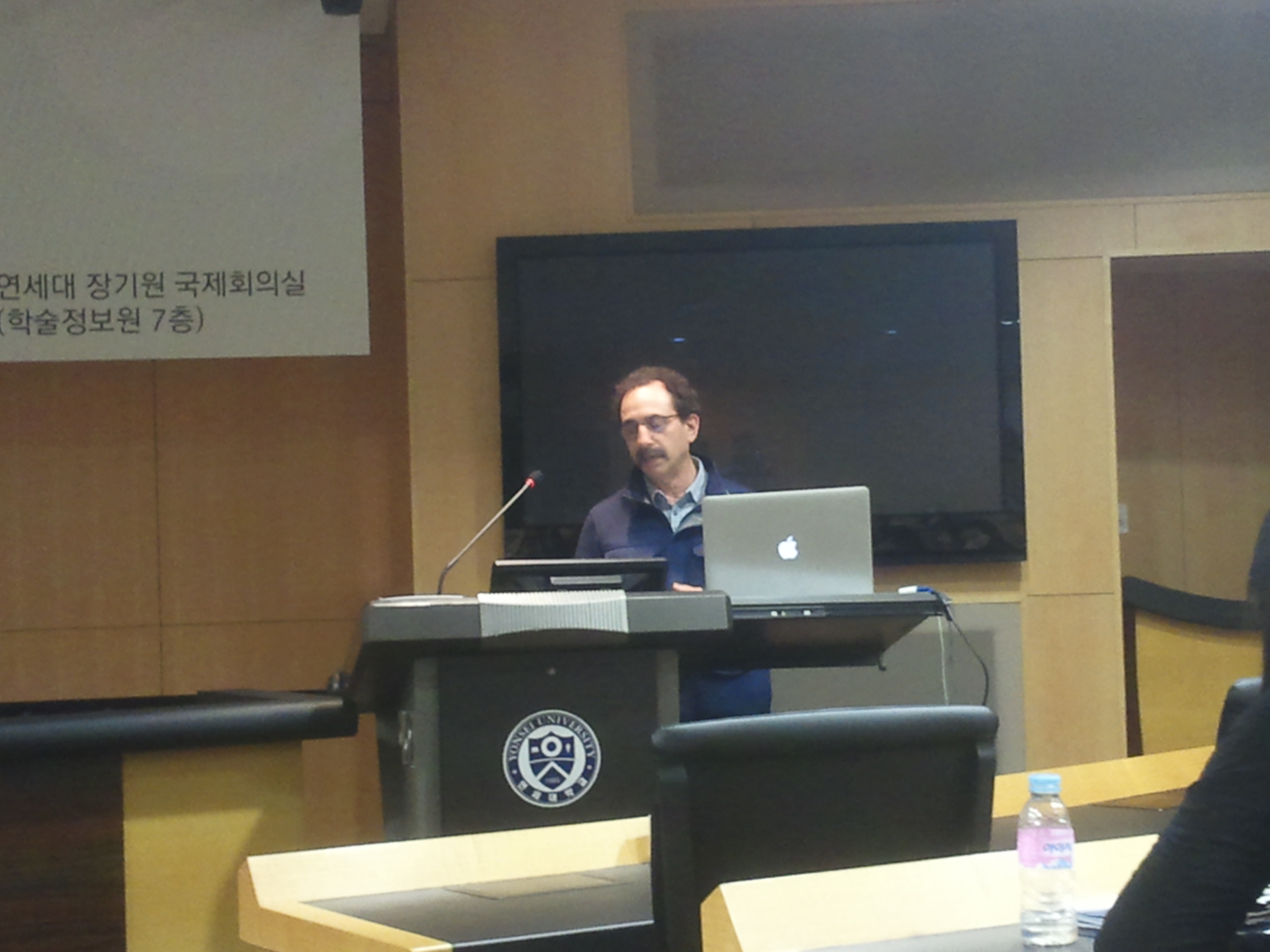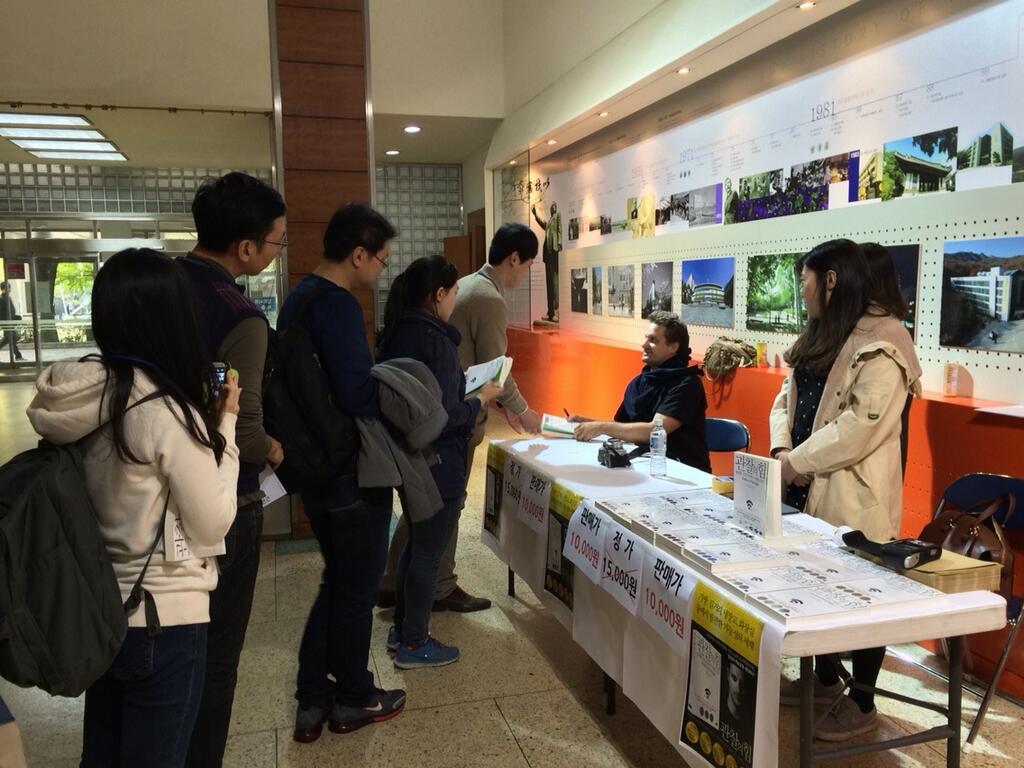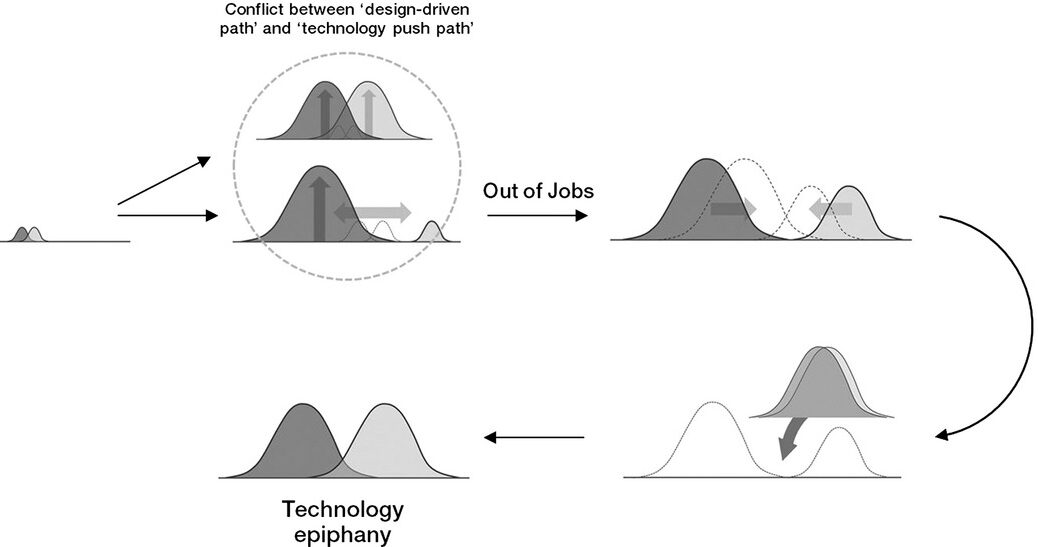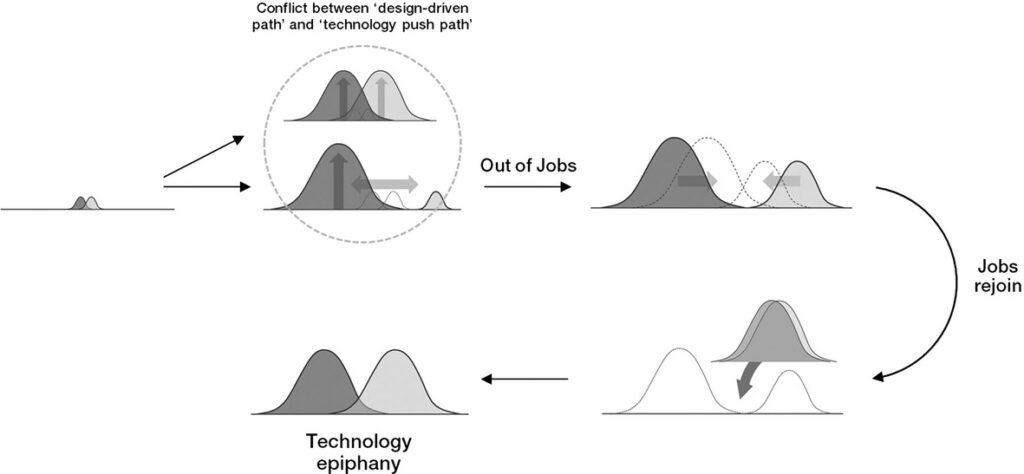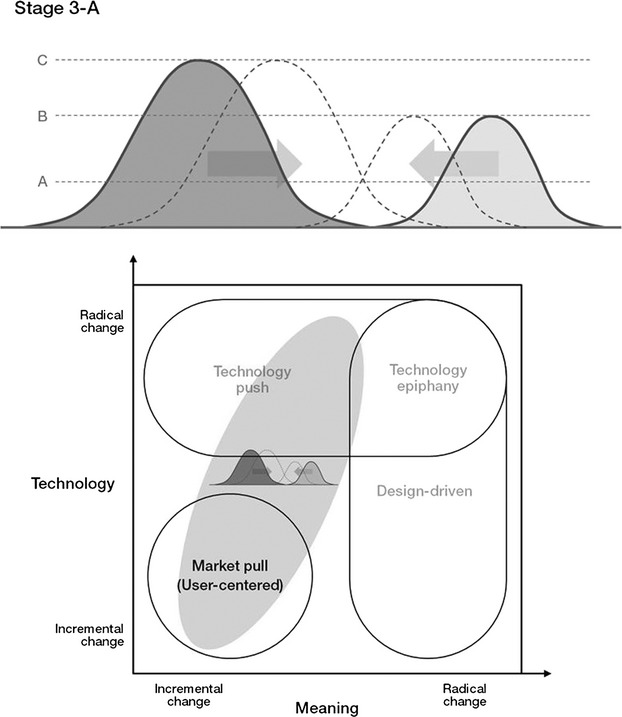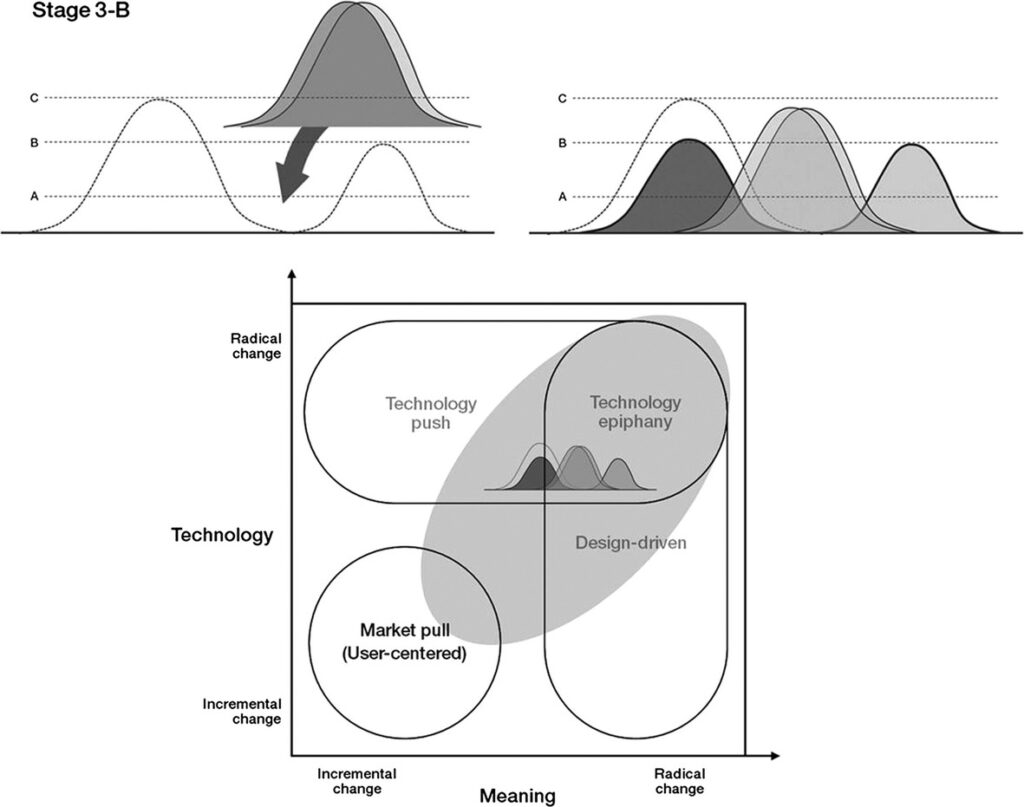
Martin Linder, Industrial Design Professor at San Francisco State University, gave a speech at Yonsei University on his unique program called iDo. iDo started in 1993 with 6 mentors; now it runs with more than 25 mentors for 40 weeks of five-weekly classes. According to the webpage:
Industrial Design Outreach (iDo) promotes the field of industrial design and uses its methodologies to enhance the education of both high school and university students. Through hands-on interdisciplinary design projects, iDo provides high school students with experiences that foster curiosity, promote creativity, and build self-confidence. By developing and delivering design curriculum to high school students, university students gain experiences that promote teamwork; enhance communication, organization, and improve presentation skills; and provide a forum for participants to give back to their community.
The Industrial Design Outreach institute is an educational enrichment program that introduces students to a number of educational opportunities in areas of industrial and graphic design, computer software tools, and traditional and modern manufacturing systems. The mission of iDo is to promote the field of industrial design and use its methodologies to enhance education. iDo provides high school participants with a no-cost introduction to design. Participants and San Francisco State University (SF State) students majoring in design collaborate on developing and delivering hands-on interdisciplinary design projects. These experiences foster curiosity in youth participants, promote creativity, build self-confidence, and allow participants to develop valuable vocational and college skills. In turn, college students learn to build and deliver curriculum, which enhances their communication, organization, presentation, team building, and design skills.
University students involved in this project visit high schools and teach design basics such as tools and materials and design process such as research, ideation, and prototyping. In most cases, they work together with high school students and create tangible products such as pencil boxes, clocks, and even kites.

